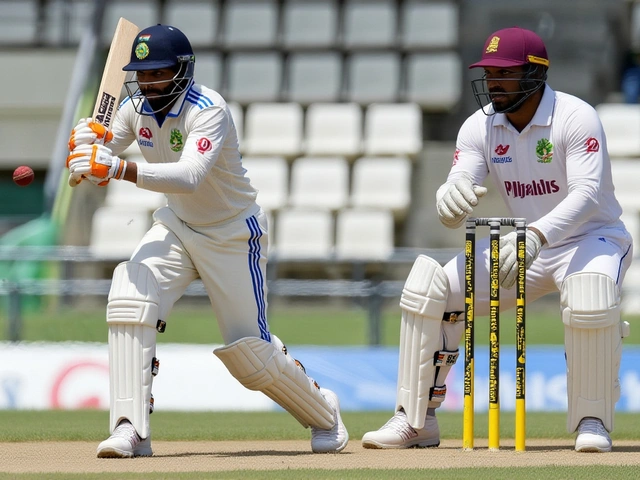Introduction to Journal Article Summaries
A journal article summary serves as a bridge between the intricate details of a scholarly article and a potential reader's understanding. This distilled version of the full article captures the essence of the main arguments, findings, and conclusions, offering a snapshot that is both informative and accessible. A good summary can prove invaluable for academics, researchers, or any reader looking to grasp the core concepts of an article without investing time in reading the full text. This makes the process of summarizing not only an art but a crucial skill in academia.
The Purpose of a Journal Article Summary
The primary purpose of a journal article summary is to give readers a concise depiction of the article’s main points. It's designed to communicate the essential elements such as the main ideas, thesis, arguments, and findings succinctly. This allows readers to quickly determine the relevance and value of the article to their own research or interests. Unlike an abstract, which can often be included as part of the article, a summary is typically written after thoroughly analyzing the entire text. It aims to be as unbiased and clear as possible, representing the original work accurately without adding personal views or interpretations.
Steps to Writing an Effective Summary
Effective summarization starts with careful and critical reading. One must read the entire article thoroughly to understand the broader context and specific details. Following this, identifying the main topic, research questions, thesis, supporting arguments, research methods, findings, and implications are crucial. For empirical articles, a deeper dive into the research questions, methods, variables studied, results gathered, limitations faced, and implications of the findings is necessary. Meanwhile, for argumentative articles, summarizing should focus on the thesis, supporting arguments, and the author’s overall position.
Techniques to Enhance Summarization
One useful technique involves highlighting essential passages during the initial read. This helps in pinpointing significant portions of the text that are integral to the article’s main message. Another effective strategy is creating a reverse outline – a concise outline derived from the article after reading it. This helps in organizing thoughts and ensuring that all pertinent points are included. Paying attention to topic sentences in each paragraph can also aid in summarizing, as these often convey the main idea of the sections they introduce.
Writing and Refining the Summary
Once the key points are identified, the next step is writing the summary. The goal is to rewrite the main ideas in a new, concise format while maintaining the integrity and context of the original article. The summary should be written in paragraph form without subheadings and should avoid redundancy. Importantly, it must be clear and concise, making it easy for readers to comprehend the article's essence quickly. Personal opinions or assessments should be strictly avoided to ensure an unbiased representation.
Revising the draft summary is an essential part of the process. This involves checking for accuracy to ensure that it faithfully represents the original article. Removing unnecessary words and redundant phrases helps achieve conciseness. Reading the summary aloud can also help in identifying areas that might need more clarity or refinement. Peer reviews can be beneficial as well, offering new perspectives that might highlight areas for improvement.
The Art of Being Concise and Clear
Summarizing is an exercise in precision and clarity. Every word in the summary should serve a purpose, adding value by conveying the main points effectively. It is beneficial to aim for a balance between too much detail and too much brevity, ensuring that the summary is neither overwhelming nor lacking in necessary information. This balance ensures that the summary is useful to the reader, providing just enough information to understand the article’s core without the need for further reading.
Final Thoughts
In academia, the ability to summarize journal articles effectively is a skill that can greatly enhance one’s research efficiency and comprehension. Mastering this art requires practice, attention to detail, and a methodical approach to dissecting scholarly works. With the techniques and steps discussed, anyone can improve their summarization skills, producing summaries that are both informative and succinct. This skill not only aids in personal understanding but also in communicating complex ideas to a broader audience efficiently.






